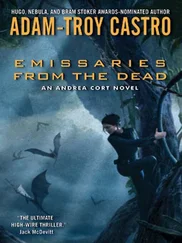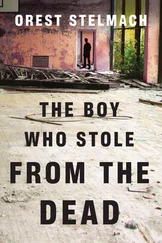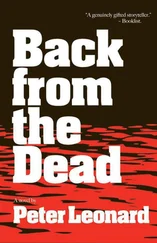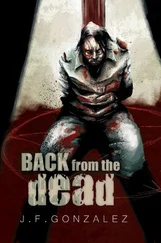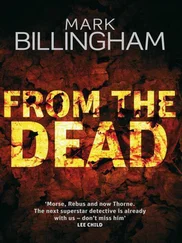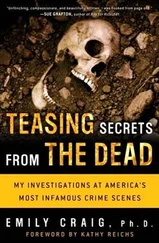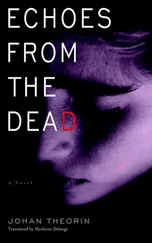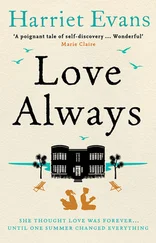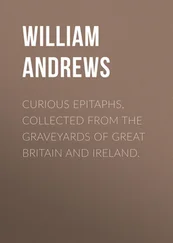If this had been a routine murder, every officer present would have known how to document the evidence and secure the scene. For some reason, though, bones seem to turn it into a whole new situation, so these experienced law-enforcement professionals were all looking to me.
“Okay, guys,” I said to the assembled team. “The first thing we need is a videographer. And a photographer.” It would be heartbreaking to spend hours recovering and analyzing skeletal evidence only to have it thrown out of court because someone hadn't recorded where, when, and how it was found.
Of course, the pictures, even those taken first thing this morning, would not show a pristine crime scene. There were footprints everywhere from all the people who'd been traipsing through the scene the previous evening. I didn't so much mind the folks who had legitimate tasks to perform, but I knew some of the prints had been left by cops who were just plain curious. I could read last night's frantic activity in the recently broken branches and plant stems throughout the area, and in the newly disturbed soil around the victim's skull.
At least the officers had established a definite perimeter, looping bright yellow tape around several trees and then stretching it taut to set off an area approximately of about 1,600 square feet. Any member of the public who showed up in this isolated spot would hopefully have been deterred by the large black letters warning CRIME SCENE-DO NOT CROSS.
Down by the river, most of the remains appeared to be untouched. Even from this distance, I could make out the soft mix of sand and mud that typifies the banks along the flood-prone Ohio River, and it was this fine-grained fluvial mix, soaked by recent rains, that made the riverbank so treacherous. In the places where the bank dropped steeply down to the river, the soft soil tended to break off under even the slightest pressure.
“Once I'm down there,” I went on, “I'll have a better idea of what comes next.” Grabbing a handful of marker flags, I let Al ease me down about twenty feet to the edge of the dropoff, where the bones were down a steady, steep slope, with an overhanging ledge that jutted out over a straight drop down to the river.
“All right,” I called back up from the brink. “We don't really know what we've got yet, so we're going to have to document this just as if it's a homicide. I don't want it to get too crowded down here, so let's restrict access to the men taking the pictures. Oh, and let's have somebody taking notes and bagging the evidence. I'll recover the bones myself and hand them up to Mark.” I took another look at the slick bank. “Somebody probably should be safety officer, too, just to keep an eye on things.”
The officers looked at one another for a moment, then quickly divided up the tasks. Officer David Lambers of the Fort Thomas Police Department, a young, clean-cut kid with a shy, friendly demeanor, got the job of note-taker. He would also pack each bone into its own little evidence bag, labeling it carefully with the case number, time, and date. Two other officers picked up the cameras, while the remaining men formed a kind of bucket brigade, ready to pass each bone up the riverbank to the coroner.
As the guys quickly sorted themselves out, I was struck again by the difference between real life and TV, where you often see one single heroic scientist doing all the jobs at a crime scene, or micromanaging the cops with detailed orders. I don't do that. I concentrate on the evidence associated with the remains and try to capitalize on everyone else's special areas of expertise. I have an enormous amount of respect for the police, who know far better than I do how to document and process a crime scene. No fixed protocol works every time; each situation is unique, but you always need to remember, every step of the way, to keep a record of everything you do and of how things looked before you did it. As I recovered the bones, for example, I'd leave marker flags to show where the skull had been and how the bones had been scattered. After I collected the evidence, we'd take pictures of the flags and measure how far apart they were. If I ever had to testify in court where I found the skull, I wanted to be able to say something more precise than, “Um, I think it was kinda near the riverbank.” “Seventy-two inches from Tree A, as labeled in this photograph taken on the morning of April 22,” would make much better testimony.
The other golden rule of crime scenes is so obvious you'd think it wouldn't need to be mentioned: Don't damage the evidence . Yet detectives who understand this very well when the evidence is a drinking glass or a piece of jewelry tend to underestimate how fragile skeletal evidence can be. I didn't want one single mark on those bones that could be attributed either to me or my colleagues, and I was prepared to spend as long as I needed in the recovery process to guarantee that didn't happen.

Recovering human remains is always a fascinating experience, and new theories about the case can evolve as you come across new bits of evidence. That's how it was this day. When we started, we were looking at the fairly routine excavation of what was probably a derelict who had died peacefully (if tragically) within the past few months. By the end of the day, a series of small, odd, and fascinating clues had led us to suspect that this was one of the most unusual cases that any of us had ever worked on.
The skull was precariously close to the river's edge, so I decided to start with that. I was especially curious about a peculiar mass of whitish material that I could see on the ground around the skull. From a distance, it looked like adipocere, or grave wax, a grainy material that bears a weird resemblance to crumbling Styrofoam. You tend to find adipocere wherever body fat decomposes in a moist area containing abnormally low levels of oxygen, and I thought that its presence here helped confirm Mark's theory that this man had died and decomposed right on this very spot. The shaded, damp riverbank, inundated with new layers of silt each time the river flooded, was the perfect environment for the creation of adipocere.
As soon as I knelt down beside the skull, however, I realized that my first impression had been wrong. This wasn't adipocere-it was lime.
That told me a whole different story. First of all, powdered lime doesn't appear naturally in the Kentucky woods. Somebody had to cart it all the way out here and sprinkle it over the dead man, to keep his body from smelling or to make it decompose more quickly. That didn't sound like a natural death to me.
Second, someone had had an awfully big stake in covering up this guy's death. By this point, I'd seen thousands of Kentucky homicide victims, and I could vouch for the fact that many people did very little to conceal their crimes. I'd seen a shocking number of girlfriends and family members who'd simply been killed and tossed into the woods. And since it's a felony to tamper with physical evidence, covering a body with lime added a second crime to the first one. Why had someone gone to so much trouble to hide this body?
Ironically, the lime intended to make the body disappear had actually helped preserve it. As soon as the river's moisture hit the lime's calcium carbonate, the powder had hardened, creating a crust that had encased our victim like a plaster-of-Paris shell. Only fragments of the lime remained. But when I lifted up the larger chunks of the hardened substance, I could see the reverse topography of a body, as if some perverse sculptor had used our victim's corpse to cast a mold.
When I called out that I had found lime, a shiver of anticipation ran through every cop at the scene as the implication of my words sank in. I knew we were all thinking the same thing: This was no accident. Thank heavens we had followed procedure and treated the area as a crime scene.
Читать дальше


